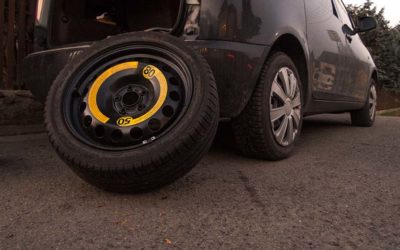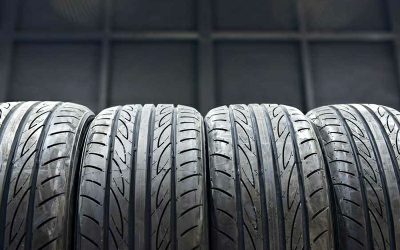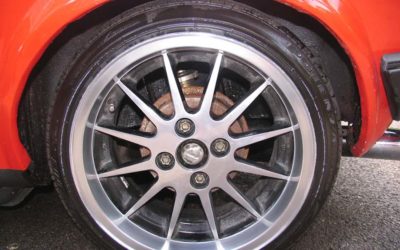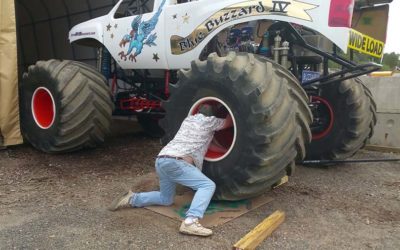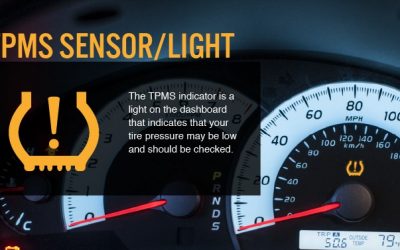Tires play an important role in maintaining vehicle performance, yet many people often neglect to check and replace them when needed.
There are warning signs that it is time for you to change to a new tire, and it’s all in this article. Keep digging in to see with us.
How To Tell If You Need New Tires?
Here are some notice signals that you need to know.
1. Reduce Air Pressure
To improve handling and braking performance on the road, maintaining the right tire pressure is paramount. Therefore, you should check for cracks in places prone to chipping or peeling, such as the tire’s sidewalls, and check for loose tires.
2. Low Tire Tread
When your tires show signs of wear, the chances of slipping between tires or transferring water are greatly reduced compared to new tires. Your car thereby will start to react poorly in adverse conditions like snow and rain.
The wear of the treads can damage other parts of the vehicle, so you need to change the tires into a new one.
3. Uneven Tire Wear
The tread can wear out when you ride at different speeds. Sometimes, other parts wear down the wire even though the tire part may still be in good condition.
Incorrectly inflated tires, askew wheels, and even damage to the suspension system can also cause uneven tire wear.
4. Strange Vibrations Or Noises
Strange or excessive sensations and noises from your tires, especially on normal roads, can indicate a variety of issues, from worn suspension components to improper wheel alignment to inflating tires.
Whatever it is, it’s an indication that something is off with your car, and you should have a mechanic check into and replace it.
5. Bubble On The Side
Occasionally, you will notice bubbles appearing on the tread or sides of the tire, which could be a manufacturer’s fault or caused by air getting into the inner layers of the tire. In such cases, it’s better to have a brand-new tire.
6. Cracked Rubber
If you find the rubber in your tires shows cracking, it is when to get new tires.
The heat and UV radiation of the sun may cause structural reforms in your tires. Therefore, you should check for cracks in places prone to chipping or peeling, such as the sidewalls of the tire, and also check for loose tires.
7. Old Tires
According to the manufacturer’s advice, you should still replace your tires every six years regardless of tread wear or not.
Tires will expire after ten years and need a replacement right away to ensure safety when traveling on the road.
A Simple-To-Do Way To Test The Tire Tread
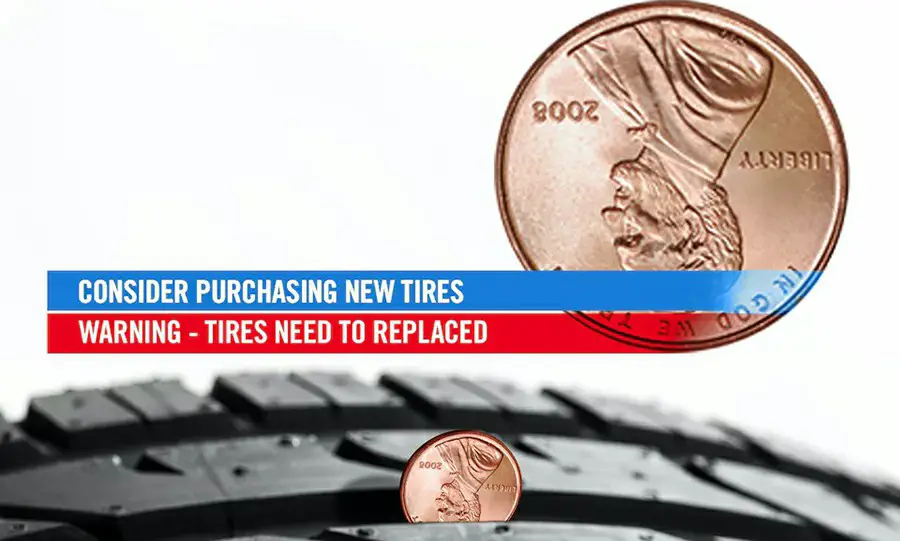
Typically, a new tire will have a tread depth of 10/32″ or 11/32″ (some tires such as SUVs, trucks, or winter tires may have more depth).
The US Department of Transportation advises us to change the tire when it reaches under 2/32″. The penny test is to check if your tires have hit the threshold of 2/32″.
Then, using a penny? First, put one end of the penny in the tread grooves of the tire. Then observe your tread.
If it touches Lincoln’s head, it means your tire has a tread depth of at least 2/32 inches, which is still safe to use. Otherwise, your tread is worn, and you need to replace the tire.
When it’s time to change tires, make sure you check the product’s warranty and warranty period. Also, look out for the right speed, size, and load rating for your vehicle and usage needs. Good luck!



